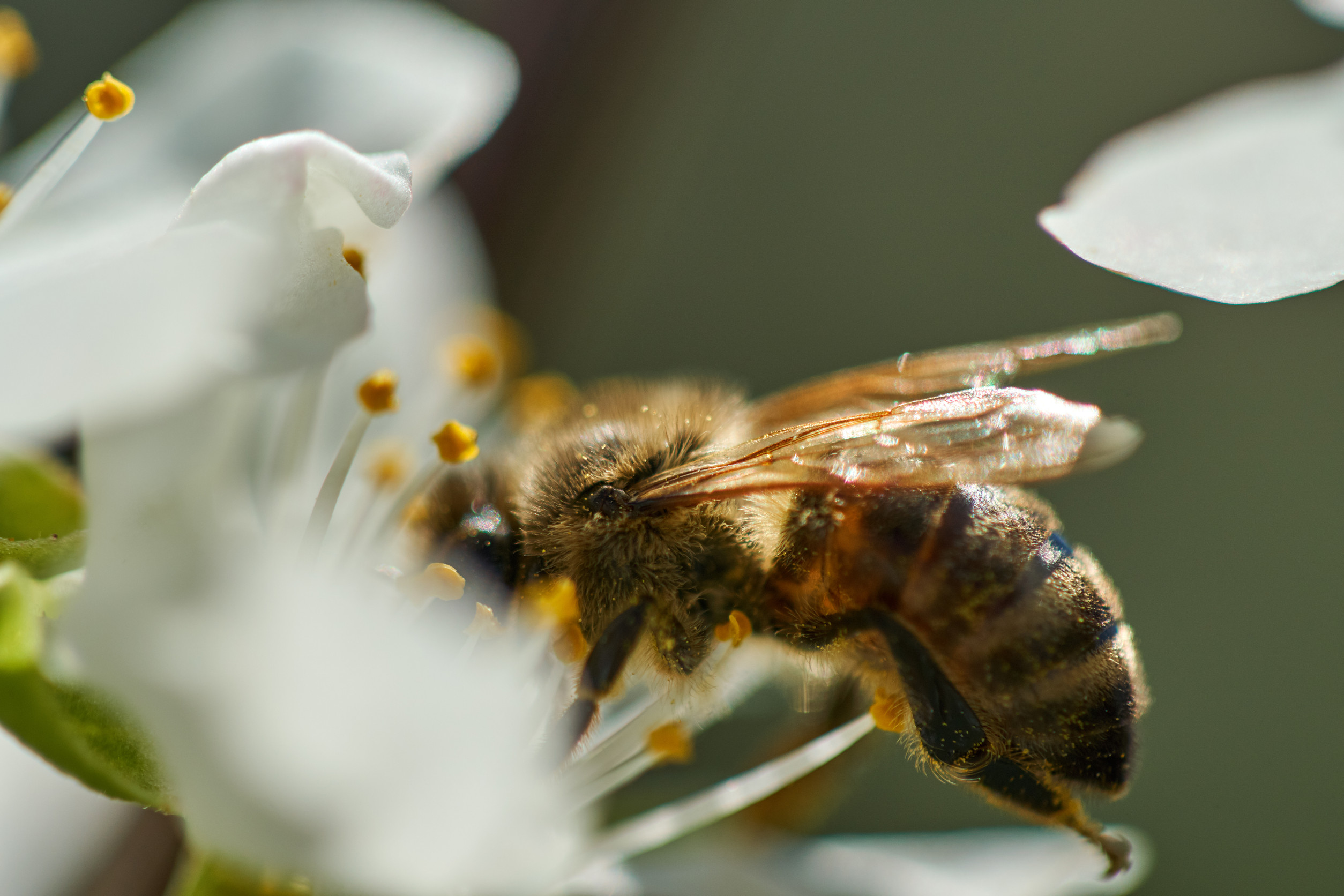A small government primary school in the south Indian state of Kerala started a quiet revolution aimed at tackling gender inequality. Now, the revolution has spread across the entire state. Their agent of change? School uniforms.
Three years ago, Valayanchirangara primary school decided to introduce gender-neutral uniforms for all their students (knee-length shorts in cargo green for girls and teal blue for boys), to help bridge the gender gap and tackle gender inequality at a young age.
The decision was sparked by Benoy Peter, the former head of the parent-teacher association, who had noticed that girls faced many more difficulties when engaging in sports or when playing in the playground because of their traditional skirts. To address this, the school commissioned local fashion designer Vidya Mukunda to come up with a gender-neutral uniform with “style and elegance.”
“I feel very thrilled and comfortable with the uniform. It’s quite distinct from that of my friends studying in nearby schools. I can play well with this dress,” reported 10-year-old pupil Sivananda Mahesh.
Now, over a dozen schools in Kerala have taken on gender-neutral uniforms, backed by the state’s ruling Communist Party of India, which has pledged to support the implementation of the movement across the State. Many women’s rights groups are also rallying behind the unisex uniform initiative.
The movement still faces opposition from a section of Muslim organizations in Kerala, and prominent Muslim organizations within the state have argued that it is un-Islamic for girls to wear pants. That said, Valayanchirangara primary school, which has 756 students, only had one parent object to the uniform changes, and their objection was redacted once the benefits of the shift were explained.
“When the idea came up, we were worried about the reaction of parents who prefer their girls’ wearing skirts. But we were able to implement it easily and without any protests,” reported KA Usha, the school’s former headteacher.
The uniforms improved pupils’ performance and pushed other parents to send their children to school. “Parents are keen to get admission here as the new uniform evoked a lot of goodwill,” Usha added.
To bolster its gender-equality initiatives, the school has also created its own gender-neutral textbooks that are meant to sensitize children to gender equality at a young age.
“We made our books with teachers writing the content and a former student doing the drawings. The books carry images of women driving vehicles and men cooking in the kitchen. The books convey the message that no job or task is gender-specific,” explained Usha. The school even presented a new logo that has the image of a girl and boy to further spread the message of gender equality.
“Now the boys and girls have equal happiness and freedom,” said KP Suma, a teacher at the school. “The uniform has boosted their confidence. Gender sensitivity is at the heart of the school, and we are ensuring easy mingling of boys and girls without bothering about gender.”











